As a BetterHelp affiliate, we receive compensation from BetterHelp if you purchase products or services through the links provided
Treatment plans for trauma are essential in helping individuals cope with and recover from their experiences. These plans are tailored to meet each person’s specific needs, considering the severity and type of trauma they have experienced. Establishing goals and objectives within a treatment plan is crucial in providing structure and direction, ensuring the therapist and patient work towards a common purpose.
To create an effective treatment plan for trauma, it’s essential to understand the patient’s history, background, and presenting issues. This information helps to identify the specific treatment goals and objectives necessary to foster healing and personal growth. Various therapy approaches can be integrated to effectively address a person’s unique challenges in their journey toward healing from trauma.
By following a structured treatment plan with clear goals and objectives, patients can gain greater control and predictability. This, in turn, promotes coping skills and resilience, ultimately empowering individuals to make meaningful progress in their recovery from traumatic experiences.
Key Takeaways
- Trauma treatment plans involve establishing personalized goals and objectives based on a patient’s needs.
- Various therapy approaches address specific challenges faced in the healing process.
- Following a structured plan promotes coping, resilience, and progress in trauma recovery.
 Overview of Trauma
Overview of Trauma
Causes of Trauma
Trauma can result from various life events, both big and small. Some common causes include abuse, domestic violence, war, and natural disasters. Remember that what may be traumatic for one person might not be for another, as the perception and reaction to each event can differ.
Symptoms of Trauma
Experiencing trauma can lead to a myriad of physical and emotional symptoms. Common signs include anxiety, depression, nightmares, and difficulty concentrating. Additionally, those who have suffered trauma may struggle with sleep disturbances and heightened emotional responses. It’s important to remember that each person’s experience with trauma is unique, and symptoms can vary significantly.
Diagnosis of Trauma
If you suspect that you or someone you know is dealing with trauma, seeking a professional diagnosis is vital. This usually involves discussing the traumatic event and assessing the individual’s symptoms. Trauma can sometimes lead to a specific mental health condition, such as Post-Traumatic Stress Disorder (PTSD). Receiving a proper diagnosis can be an essential step toward getting the help needed for recovery.
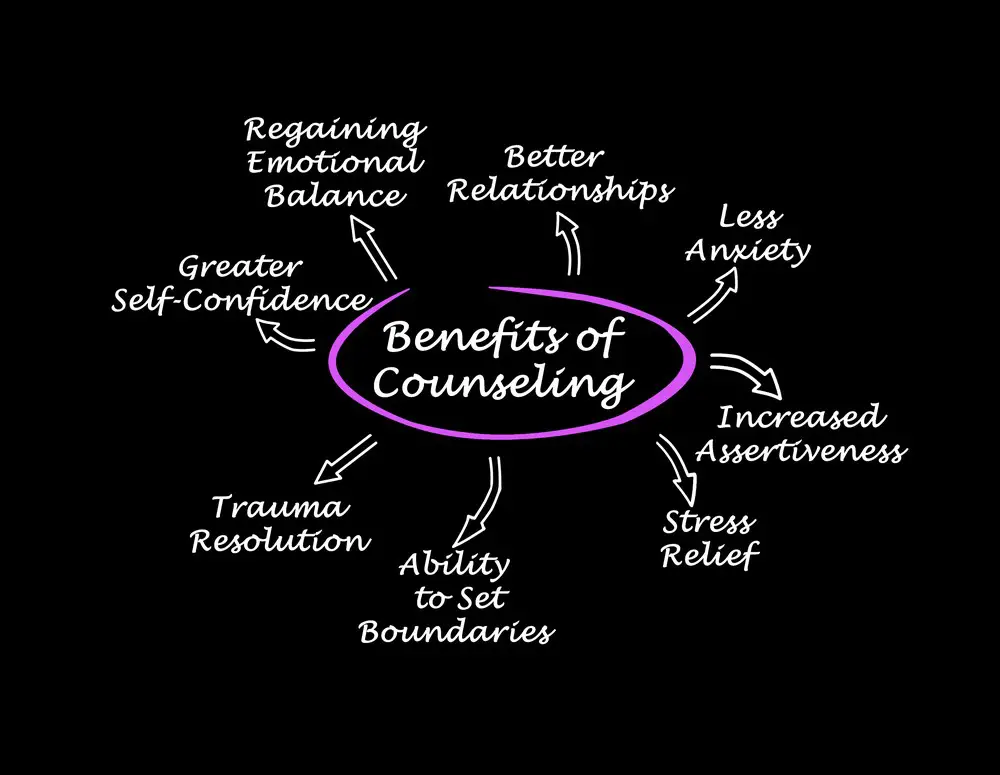
Understanding Treatment Plans
Components of Treatment Plans
When addressing trauma, a treatment plan is essential for guiding therapeutic interventions and tracking progress. These plans typically contain a few core components:
- Assessment: The therapist evaluates your general mental health and specific traumatic experiences to identify needs and challenges.
- Goals: Broad, long-term aims related to recovery and improving overall well-being.
- Objectives: Smaller, measurable steps that you take to achieve these goals.
- Interventions: Evidence-based therapeutic strategies the therapist employs to assist you in working towards the objectives.
Remember, a well-structured treatment plan boosts the chances of successful trauma recovery.
Role of the Therapist
In developing your treatment plan, the therapist plays a crucial part. They perform an initial assessment and diagnosis, ensuring a comprehensive understanding of your unique situation. Based on this information, they’ll collaborate with you to establish appropriate goals and objectives. Your therapist will also introduce various therapeutic approaches to your needs, preferences, and comfort levels. Their ongoing support and guidance throughout the recovery process create a safe and effective path towards healing.
Importance of Client Collaboration
Joint decision-making between you and your therapist is vital for creating a tailored and successful treatment plan. Therapists value your input and active participation. Some critical aspects of effective client collaboration include:
- Choice: Ensuring you have a voice in selecting the methods and approaches used in your therapy.
- Empowerment: Encouraging you to take charge of your recovery and develop coping strategies and skills.
- Safety: Allowing for open communication about concerns and boundaries to foster a supportive therapeutic environment.
In summary, to achieve the best possible outcomes, treatment plans for trauma should involve a comprehensive assessment, clear goals and objectives, a variety of therapeutic interventions, and ongoing collaboration between you and your mental health professional.
 Establishing Treatment Goals
Establishing Treatment Goals
When dealing with trauma, it’s essential to establish clear and attainable treatment goals. Establishing treatment goals can guide you and your therapist in creating a plan that helps motivate you, track progress, and utilize your strengths to address your presenting concerns.
First, identify your presenting concerns tied to the trauma. These might include symptoms like anxiety, flashbacks, or difficulty in relationships. Being honest with yourself and your therapist about your concerns will help set up realistic goals that can be achieved through therapy.
Next, consider your strengths and resources. You may be resilient, have a robust support system, or possess skills that have helped you cope with difficult situations. Acknowledging these strengths can boost motivation and help you apply them in your treatment.
Let’s collaborate with your therapist to create clear, measurable treatment goals. Here are some examples:
- Learn three coping strategies to manage anxiety triggered by trauma reminders
- Improve communication skills in relationships affected by trauma
- Gradually reduce the frequency and intensity of flashbacks
Ensure that these goals are specific, realistic, and measurable so you can track your progress throughout therapy. Break down larger goals into smaller objectives, aiming for incremental progress.
Remember to maintain open communication with your therapist about your treatment goals. Revisit and adjust your goals and objectives to ensure they best suit your needs and achieve the desired outcomes.
Remember that working towards treatment goals might uncover new challenges or opportunities for growth. Be kind to yourself during this process and lean on your strengths, motivation, and support system to facilitate progress. Regularly assess your progress toward your treatment goals with your therapist and adapt your plan as needed.
 Therapy Approaches for Trauma
Therapy Approaches for Trauma
Several therapy approaches can help you heal when dealing with trauma. This section will discuss three significant approaches: Cognitive Behavioral Therapy, Eye Movement Desensitization and Reprocessing, and the Role of Medication in Trauma Treatment.
 Cognitive Behavioral Therapy (CBT)
Cognitive Behavioral Therapy (CBT)
CBT is a widely used form of psychotherapy that aims to identify and change negative thinking patterns and behaviors. In trauma treatment, CBT helps you:
- Recognize and challenge unhelpful beliefs or thoughts related to the traumatic event.
- Develop coping strategies like mindfulness to manage distressing thoughts and emotions.
- Build resilience and improve your mental health condition.
Key takeaway: CBT effectively addresses negative thinking patterns and teaches practical skills to enhance overall well-being.
Eye Movement Desensitization and Reprocessing (EMDR)
EMDR is a specialized therapy technique used to desensitize and reprocess traumatic memories. The process involves:
- Focusing on the traumatic memory while moving your eyes back and forth, following the therapist’s finger or another visual stimulus.
- Working through the traumatic event, thereby reducing its emotional impact.
- Developing new, healthier beliefs about yourself and the event.
EMDR has been effective in treating various mental health conditions resulting from trauma.
Key takeaway: EMDR is a unique and proven therapy technique for addressing the effects of trauma, and promoting healing and recovery.
Role of Medication in Trauma Treatment
In some cases, medications can help manage symptoms associated with trauma. Commonly prescribed medications for trauma-related conditions include:
Antidepressants:
- Sertraline (Zoloft)
- Paroxetine (Paxil)
Anti-anxiety medications:
- Benzodiazepines (short-term use)
Other medications:
- Prazosin (for nightmares and sleep disturbances)
Working closely with a healthcare provider to find the most suitable medication for your situation is essential. Keep in mind that therapy and medications often work best in combination.
Key takeaway: Medications can support trauma treatment, helping to manage symptoms while working through therapy.
 Addressing Challenges in Trauma Treatment
Addressing Challenges in Trauma Treatment
As you work on creating a treatment plan for clients dealing with trauma, there are multiple challenges to consider.
Billing: While tackling the financial aspect of trauma treatment, ensure that your billing practices are accurate, transparent, and compliant with healthcare regulations. To avoid potential issues, educate yourself and your staff on the guidelines and coding specific to trauma treatment. Keep detailed records of services provided and utilize healthcare billing software to minimize errors.
Fraud: Unfortunately, fraud can occur in the world of healthcare. As a preventive measure, monitor billing records, ensure everything is accounted for accurately, and report any suspicions promptly. Maintaining integrity is crucial to protecting your practice and clients from fraud.
To successfully navigate through these challenges, consider the following strategies:
- Identify the root of the trauma: Focus on understanding the core issues and events that contributed to the client’s traumatic experiences. Through detailed conversations, learn more about specific incidents and their impacts on the client. This information will help shape and customize the treatment plan to the client’s needs.
- Establish clear objectives: When designing a treatment plan, specify measurable goals and objectives. For example, you might aim to help the client improve emotional regulation and enhance their communication skills. SMART (Specific, Measurable, Achievable, Relevant, and Time-bound) goals can facilitate a more effective plan.
- Be aware of the timeline: As you work with your client on their trauma, remember that treatment timeframes vary from person to person. Setting realistic expectations, monitoring progress, and implementing adjustments as needed are essential to ensure the treatment remains beneficial.
- Ensure client safety: While it is essential to delve into the details of the trauma, it’s crucial to prioritize your client’s safety and mental health. Be wary of re-traumatizing your client with excessive exposure to traumatic memories. Please encourage them to share what they feel comfortable with and use therapist’s discretion when guiding them through this challenging process.
As you address these challenges in trauma treatment, maintaining open communication, patience, and trust with clients will play a key role in providing effective and ethical care.
 Promoting Coping and Resilience
Promoting Coping and Resilience
Life has its fair share of ups and downs, especially when dealing with trauma. One way to navigate these challenges is by promoting coping and resilience in your day-to-day life. Let’s discuss a few strategies to help you build a solid foundation for emotional well-being.
Coping Skills for Emotional Support
Coping skills are vital tools to help you work through difficult emotions, thoughts, and situations. Here are a few practical coping strategies to incorporate into your daily life:
- Seek support from loved ones: Reach out to friends, family, or significant others who can lend a listening ear, comfort, or advice during tough times.
- Practice relaxation techniques: Simple yet effective practices like deep breathing, mindfulness meditation, or progressive muscle relaxation can assist in alleviating stress and tension.
- Engage in self-care: Prioritize activities that promote physical, emotional, and mental well-being, such as regular exercise, a balanced diet, and adequate sleep.
Building Resilience Amid Challenges
Resilience is the ability to bounce back in the face of adversity, and it can be strengthened with a bit of practice. Try these tips to enhance your resilience:
- Focus on the positives: While it’s natural to dwell on negative thoughts and experiences, try and shift your attention to the good things in your life—cherishing moments of happiness, gratitude, or success.
- Set realistic goals: Break down larger objectives into smaller, achievable goals that help you feel more in control and less overwhelmed by challenges.
- Embrace change: Life is full of unexpected twists and turns, so work towards being adaptable and flexible when circumstances shift.
Key Takeaway: Strengthening your coping skills and resilience empowers you to navigate life’s challenges more easily and optimistically. You can cultivate a more balanced and fulfilling life by seeking support, practicing relaxation techniques, focusing on the positives, setting realistic goals, and embracing change.
 Benefit and Progress in Trauma Treatment
Benefit and Progress in Trauma Treatment
Experiencing trauma can have lasting effects on your mental health. Fortunately, many approaches to treating trauma offer hope for progress, healing, and recovery. By focusing on your strengths and drawing on various treatment modalities, you can experience significant benefits in your journey towards better mental health.
One key benefit of trauma treatment is the reduction of distressing symptoms, such as anxiety, flashbacks, and intrusive thoughts. As you work through your treatment plan, you’ll likely notice gradual improvements in these areas, allowing you to reclaim your life and engage in activities previously hampered by your symptoms.
Another important aspect of trauma treatment is finding hope and building resilience. Treatment often entails learning coping strategies, which can help you navigate future challenges and setbacks. Your therapist may emphasize the importance of self-care, social support, and stress reduction techniques, equipping you with tools to effectively manage your mental health conditions.
Many trauma treatments, such as Eye Movement Desensitization and Reprocessing (EMDR), focus heavily on processing traumatic memories, which can lead to noticeable progress in emotional regulation and overall well-being. EMDR, in particular, effectively reduces the intensity of traumatic memories for many individuals.
Some common strategies for fostering recovery include:
- Setting achievable treatment goals and objectives
- Identifying and building on your existing strengths
- Engaging in self-reflection and increasing self-awareness
- Developing new coping skills and mechanisms
- Strengthening your support network
By working through these strategies and collaborating with your therapist, you’ll likely begin to see improvements in your emotional and mental health. Remember that healing takes time, and progress might not always be linear. It’s essential to be patient with yourself as you work towards recovery.
Remember to take stock of your progress and celebrate your successes. Every step towards healing and growth contributes to a more hopeful outlook on your future and a more resilient you.
 Your Actionable Plan: Navigating Trauma Treatment Effectively
Your Actionable Plan: Navigating Trauma Treatment Effectively
You’ve delved deep into the complexities of trauma and its treatment options, and now you might wonder: “What’s the next step?” This section offers a tangible plan of action for recognizing the need for therapy, setting realistic goals, and evaluating your progress.
Signs You Need Therapy for Trauma
Identifying the need for professional help is the first significant step in your healing journey.
- Persistent Flashbacks: Intrusive thoughts and memories are affecting your daily life.
- Avoidance Behavior: Avoiding places, people, or thoughts that trigger you.
- Heightened Emotional Reactions: Increased irritability, anger, or emotional numbness are becoming common.
- Disrupted Sleep: Frequent nightmares or insomnia are impacting your well-being.
Quick Tip:
If you notice these signs consistently, don’t delay seeking professional help. The sooner you address your symptoms, the smoother your recovery will be.
 Setting Goals for Trauma Therapy
Setting Goals for Trauma Therapy
Having concrete objectives can give you a sense of direction and purpose in therapy.
- Reducing Symptoms: The primary aim is to lessen the severity of your trauma symptoms.
- Building Coping Mechanisms: Develop healthy ways to manage stress and triggers.
- Improving Relationships: Work on communication and trust within your social circle.
- Self-Understanding: Gain a more profound comprehension of your reactions and behaviors.
Strategies:
- SMART Goals: Make your goals Specific, Measurable, Achievable, Relevant, and Time-bound.
- Regular Check-Ins: Use your therapy sessions to revisit and adjust your goals.
Monitoring Progress in Trauma Therapy
Keeping track of your development can motivate you to stick with the program.
- Symptom Tracker: Maintain a log of when symptoms occur and how intense they are.
- Emotional Journal: Write down your feelings, thoughts, and reactions regularly.
- Accountability Partner: Have a trusted friend or family member to talk openly about your journey.
- Celebrate Small Wins: Reached a milestone? Take a moment to appreciate your hard work.
Quick Tip:
Remember, healing is a marathon, not a sprint. Please don’t get discouraged by setbacks; they’re a normal part of the journey.
Frequently Asked Questions
What are common objectives for trauma therapy?
The main objectives of trauma therapy include:
- Identifying and understanding the impact of trauma on the individual
- Enhancing the client’s ability to manage strong emotions
- Developing effective coping strategies
- Strengthening communication skills for expressing angry, anxiety, or other negative emotions
- Improving self-awareness and resilience
How can PTSD be addressed using cognitive behavioral therapy?
Cognitive Behavioral Therapy (CBT) for PTSD focuses on:
- Identifying and evaluating negative thoughts and beliefs related to the traumatic event
- Challenging unhelpful thinking patterns
- Gradually exposing the individual to trauma-related triggers
- Developing coping skills for dealing with anxiety and distress
- Incorporating relaxation techniques to reduce stress
Key takeaway: CBT is an evidence-based approach for addressing PTSD symptoms.
What are key short-term goals in PTSD treatment?
Some short-term goals in PTSD treatment might be:
- Establishing a sense of safety and trust with the therapist
- Identifying and managing triggers related to the traumatic event
- Learning relaxation and grounding techniques
- Developing coping strategies to manage distressing symptoms
How are treatment plans for adults with childhood trauma developed?
Developing treatment plans for adults with childhood trauma may involve:
- Assessing the nature, severity, and impact of the trauma
- Identifying attachment and relationship issues
- Providing psychoeducation on trauma and its effects on brain development and functioning
- Addressing maladaptive coping mechanisms and behaviors
- Incorporating evidence-based therapeutic approaches like CBT, EMDR, or Trauma-Focused Cognitive Behavioral Therapy (TF-CBT)
What role does EMDR play in trauma therapy objectives?
Eye Movement Desensitization and Reprocessing (EMDR) aims to help individuals process traumatic memories more effectively. EMDR typically includes:
- Identifying targets for treatment (e.g., specific memories or triggers)
- Incorporating bilateral stimulation (such as eye movements) to facilitate information processing
- Encouraging the individual to connect with positive resources
- Assessing the progress of treatment
Key takeaway: EMDR can be a helpful modality for relieving trauma-related symptoms.
How can SMART goals be applied in PTSD treatment?
SMART goals (Specific, Measurable, Achievable, Relevant, Time-bound) can be applied in PTSD treatment by:
- Outlining clear, specific objectives tailored to the individual’s needs
- Establishing benchmarks to measure progress and success
- Ensuring goals are realistic and achievable within the scope of treatment
- Aligning goals with the person’s values and priorities
- Setting timeframes for completion of specific goals and adjusting as necessary
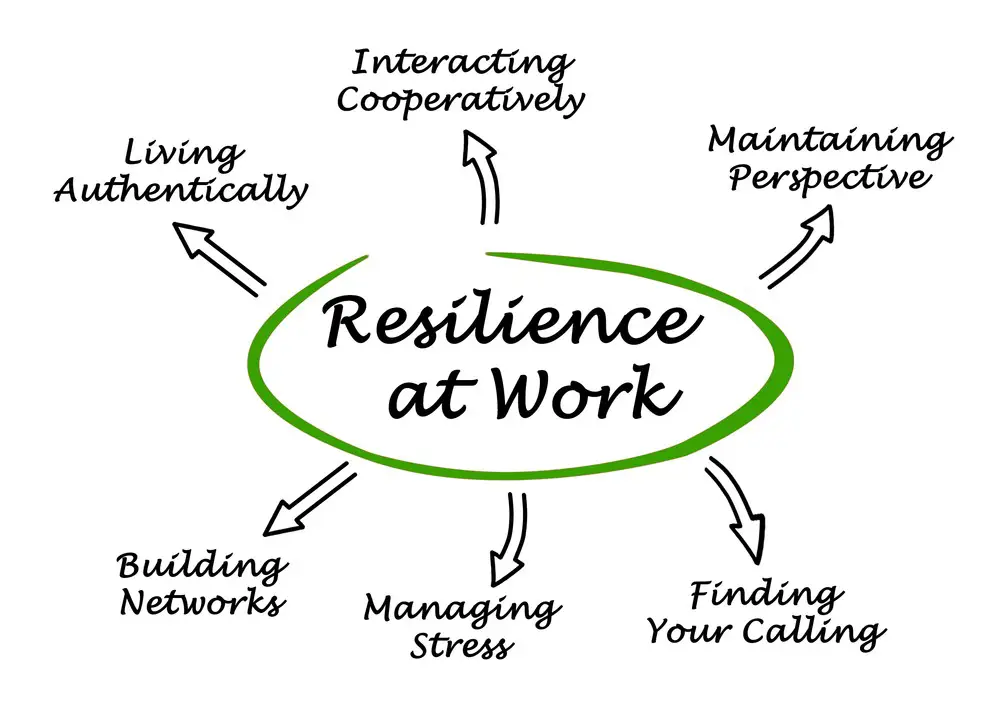
About Jacob Maslow
After surviving the traumatizing events of 9/11, I took it upon myself to heal through helping others. I’m the primary caregiver of my children and understand from first-hand experience the lonely paths you have to walk as a partner and parent when leaving an unhealthy relationship.
We’re all echoing in a dark space that doesn’t have to be this empty, and that’s been my mission since finding solace and recovery in therapy: To help comfort others who are still in shock and at the prime of their struggle.
I came across BetterHelp after searching for this type of community. I wanted to belong to a body of proactive therapists and supportive therapy veterans that allowed me to see other sides of the story.
It was unconventional, and that’s what attracted me most. During my most challenging times, when my ex-wife completely cut me off from my children, I found comfort and clarity through BetterHelp.
Instead of being chained to a strict therapist recommendation, I was in charge of who I felt understood my struggle most. That allowed me to find my true peace, as I was reunited with those who read behind my words and had first-hand experience with my trauma.
Recovery is a choice; with BetterHelp, that choice will be a few clicks away. You can join their couples-oriented platform, Regain.us, for those stuck with family estrangement and toxic relationship patterns.
- 3 Ways Wearing a Hat Can Help Lower Your Stress Levels - April 19, 2025
- Breaking the Silence: Why Men’s Mental Health Matters More Than Ever - April 15, 2025
- How to Transform a Home’s Patio Space into a Relaxing Space - March 23, 2025
This site contains affiliate links to products. We will receive a commission for purchases made through these links.


 Overview of Trauma
Overview of Trauma Establishing Treatment Goals
Establishing Treatment Goals Therapy Approaches for Trauma
Therapy Approaches for Trauma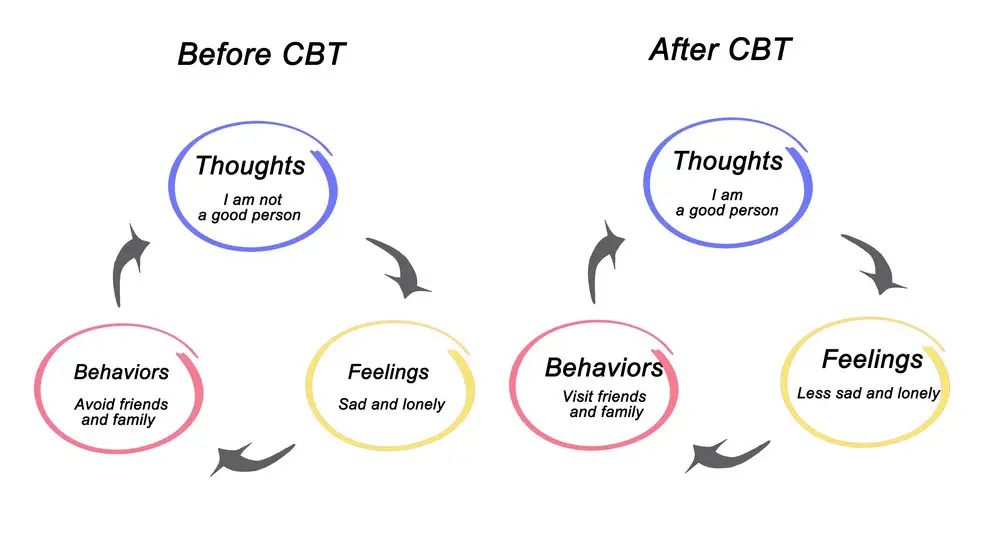 Cognitive Behavioral Therapy (CBT)
Cognitive Behavioral Therapy (CBT) Addressing Challenges in Trauma Treatment
Addressing Challenges in Trauma Treatment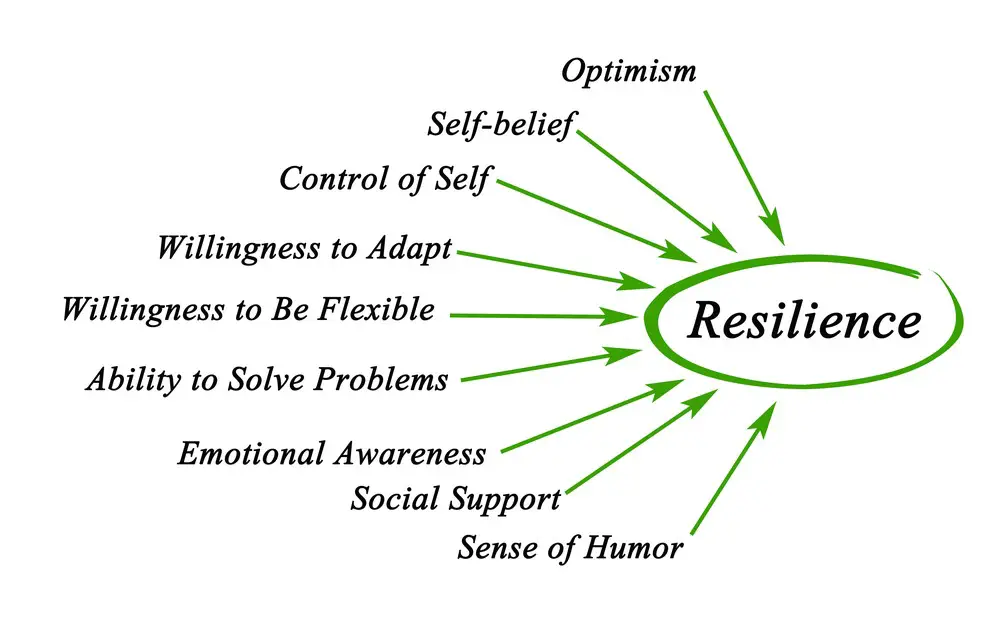 Promoting Coping and Resilience
Promoting Coping and Resilience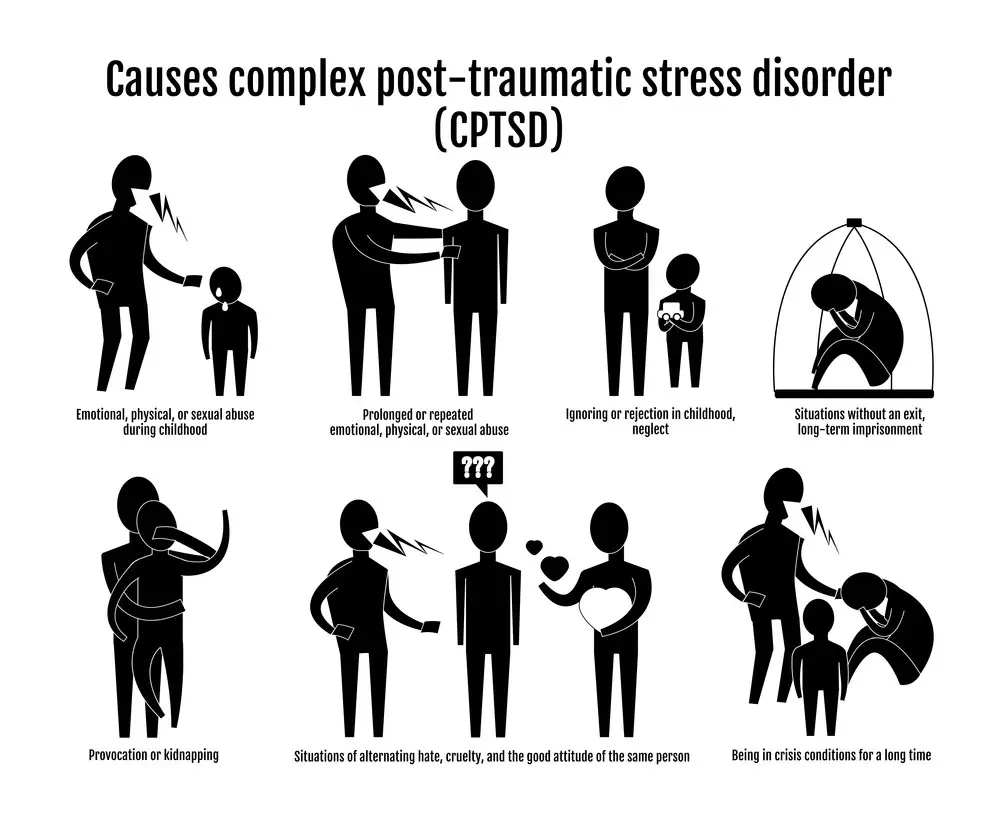 Benefit and Progress in Trauma Treatment
Benefit and Progress in Trauma Treatment Your Actionable Plan: Navigating Trauma Treatment Effectively
Your Actionable Plan: Navigating Trauma Treatment Effectively Setting Goals for Trauma Therapy
Setting Goals for Trauma Therapy
